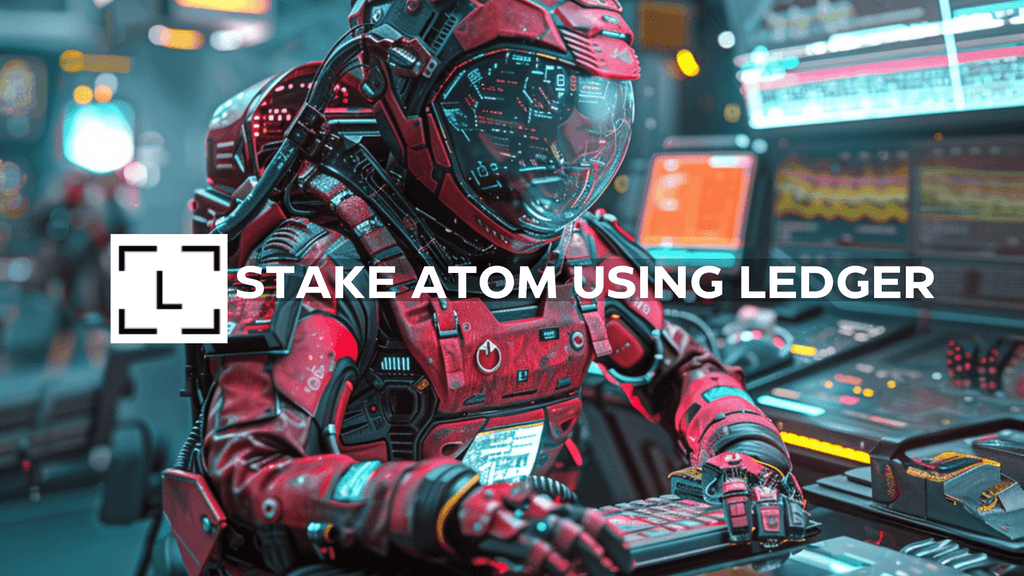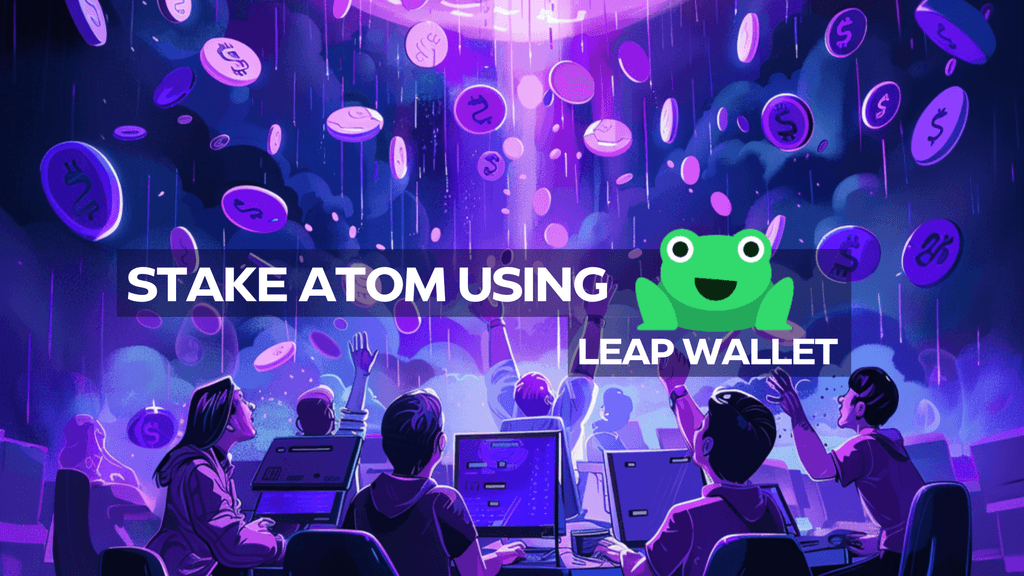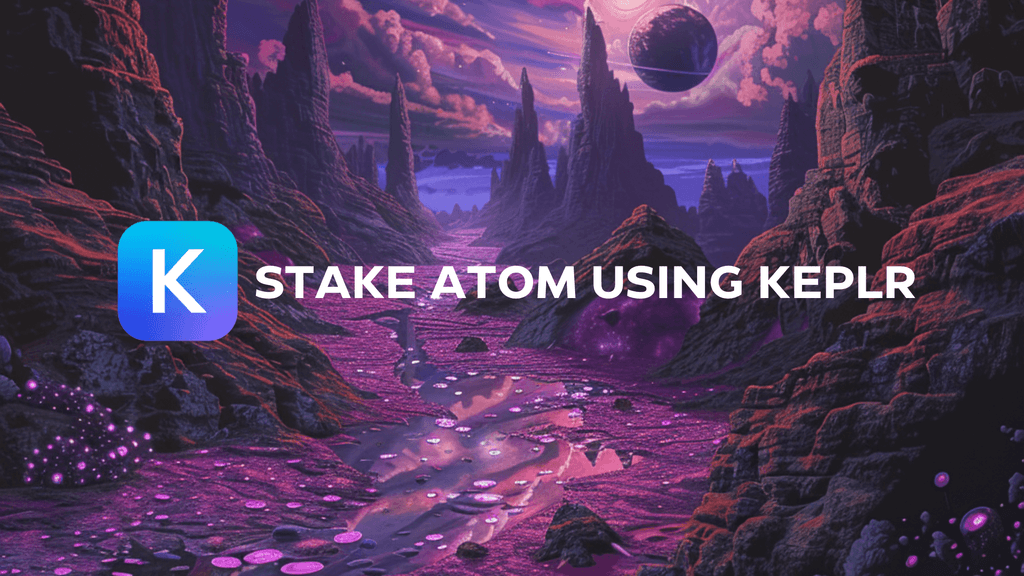There are currently 14 competing bridge standards, causing a chaotic state of bridging in the crypto world.
Detailed Summary for IBC EXPLAINED (InterBlockchain Communication Animated)
Summary generated by AI from the ICI team
[00:00] There are 15 competing standards for bridges in the crypto world.
– Each bridge claims to be secure, decentralized, and the best in its own way.
– The bridge hacks have cost over a billion dollars.
– The bridges are extremely specialized, only bridging Ethereum to another chain and only for token transfers.
– There was a similar war for control over the Internet in the past.
– Multiple organizations developed their own protocols, but IP became the dominant one.
[01:34] IBC aims to be a decentralized secure and trustless bridging protocol for all of web 3.
– IBC is General rather than specialized like Apple Talk.
– It is open source and contributed by multiple organizations.
– Polymer is a sponsor and contributor to IBC.
– The video will discuss the OSI model and TCP/IP.
– The video will also cover the requirements and layers of IBC, as well as its lifecycle.
[03:15] IBC (Inter-Blockchain Communication) is a standard for formatting and relaying packets of information between chains
– Requirements to use IBC: finality and global consensus
– Architectural components of IBC: blockchain with user application layer, IBC module, and relayer
[04:51] IBCs like client verification system is important for proving state inclusion in decentralized bridging protocols.
– IBCs use substore and app hash to keep track of foreign states.
– Merkle proofs are used to verify the data structure of a blockchain and prove state inclusion.
[06:29] Merkle roots provide a compact representation of the blockchain state
– Merkle roots combine all uncle hashes and individual state to prove inclusion
– Valid IBC transactions can be proved by matching app hash with Merkle proof
– Instead of keeping all IBC transactions, chains can use app hash and substore to prove validity
– IBC connections are established through IBC ports and handshake protocol
[08:08] Understanding IBC Channels and Packets
– IBC Channels connect to IBC connections and can be ordered or unordered.
– The four states of an IBC Channel are nit, try open, open, and closed.
– IBC Packets are sent with eight objects: sequence, timeout heights, source port, source channel, destination port, and destination channel.
[09:42] IBC allows for seamless and decentralized transfer of data between blockchains
– The user interacts with an application and wants to make an IBC transaction
– Relayers query and send the data packet from one blockchain to another
– The IBC module verifies the data and acknowledges it
– IBC is free to implement, decentralized, and open source
– Anyone can be a relayer, even without being a validator or a full node
– Relayers can choose the currency they get paid in
[11:18] IBC is a protocol for transferring data and assets between blockchains.
– The interoperability of IBC allows for seamless communication between different blockchains.
– IBCs message transferring protocol ensures that relayers cannot access your money.
– IBC is a versatile protocol that enables various functionalities such as account management and data querying.
– Solo machines in IBC facilitate connections to centralized computers, making real-world asset issuance possible.
– Multi-hop in IBC enables relaying transactions through multiple blockchains.
– The future of blockchains is IBC as it serves as the bridging protocol for the internet of blockchains.



